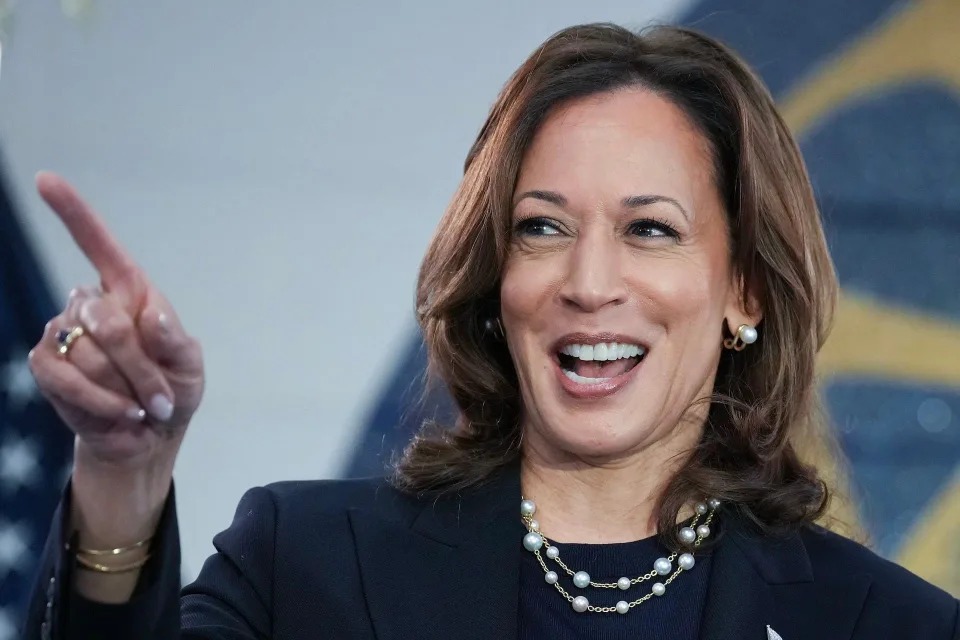(Bloomberg) -- While the recent stock-market rout flushed out some froth, US stocks remain at risk of more severe declines if growth continues to decelerate and the Federal Reserve “does not show urgency” in easing monetary policy, Dubravko Lakos-Bujas writes in his inaugural note leading market strategy at JPMorgan Chase & Co.
Traders were focused on the trajectory of inflation in the first half of the year, but their concerns have shifted primarily to elevated earnings expectations and the risks to the economy, the strategist wrote Thursday in his first note to clients since Marko Kolanovic’s departure from the firm.
Equities are no longer a “one-way upside trade, instead increasingly a two-sided debate on growth downside risks, Fed timing, crowded positioning, rich valuation, and rising election and geopolitical uncertainties,” Lakos-Bujas said. The latest market drawdown was driven by fears of weakening growth and a repricing of the odds for an economic contraction.
On Wednesday, economists at the firm led by Bruce Kasman lifted their probability of a US recession by the end of the year to 35%, up from 25% as of the start of last month. The bank’s house view is that the Fed will cut interest rates by 50 basis points at both the September and November meetings, followed by reductions of 25 basis points at subsequent gatherings until the central bank is confident the economy is on track.
US stocks are staging a relief rally Thursday as the latest US labor-market data helped alleviate fears of a sharper slowdown in the world’s largest economy after last week’s weak monthly employment print for July. The S&P 500 Index is up 1.9% in midday trading after the benchmark recorded its worst one-day drop in nearly two years on Monday.
Still, Wall Street pros remain on edge about whether Monday’s selloff across global equities marked the worst of the correction — or if there’s still more to come.
To Lakos-Bujas, US stocks are vulnerable given extreme positioning and momentum crowding that has historically led to violent unwinds, like the one seen at the start of the week. It’s a risk that JPMorgan’s team of strategists, previously led by Kolanovic, have been flagging since last year even as the market rallied.
Monday’s gyrations were a “Volmageddon redux,” according to Lakos-Bujas, who said a spike in the Cboe Volatility Index, or VIX, to levels not seen since 2020 amid heavy selling resembled flash crashes that occurred in 2018 and 2015 amid abrupt bouts of market turbulence. An unwind in the momentum trade across technology megacaps and artificial intelligence darlings, weak seasonality in which August and September are historically the weakest months of the year for stocks, and US election uncertainty have also contributed to equities’ recent struggles.
The team’s most favored plays are quality at a reasonable price, defensive, and low-volatility stocks, along with the utilities sector, followed by quality growth like large-cap technology and semiconductors. On the other hand, speculative growth, cyclicals, and small caps are the bank’s least favored areas.
As for the July equity rotation where investors rushed into small-caps and less-loved pockets of the stock market, Lakos-Bujas said it was in line with an “intracycle unwind rather than a start of a full-fledged end-of-cycle momentum flush.” It was the third such equity rotation in the past 12 months, along with the November to December Fed pivot and April’s inflation scare, JPMorgan notes.
“While the current unwind was the largest of the three, it’s still far from the average historical momentum crash associated with full business cycle resets typically seen when the cycle flips into recovery from contraction,” Lakos-Bujas said.






